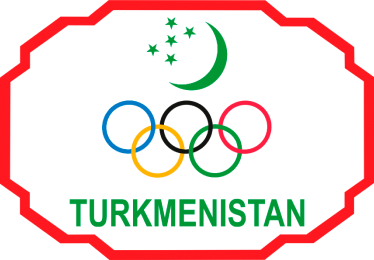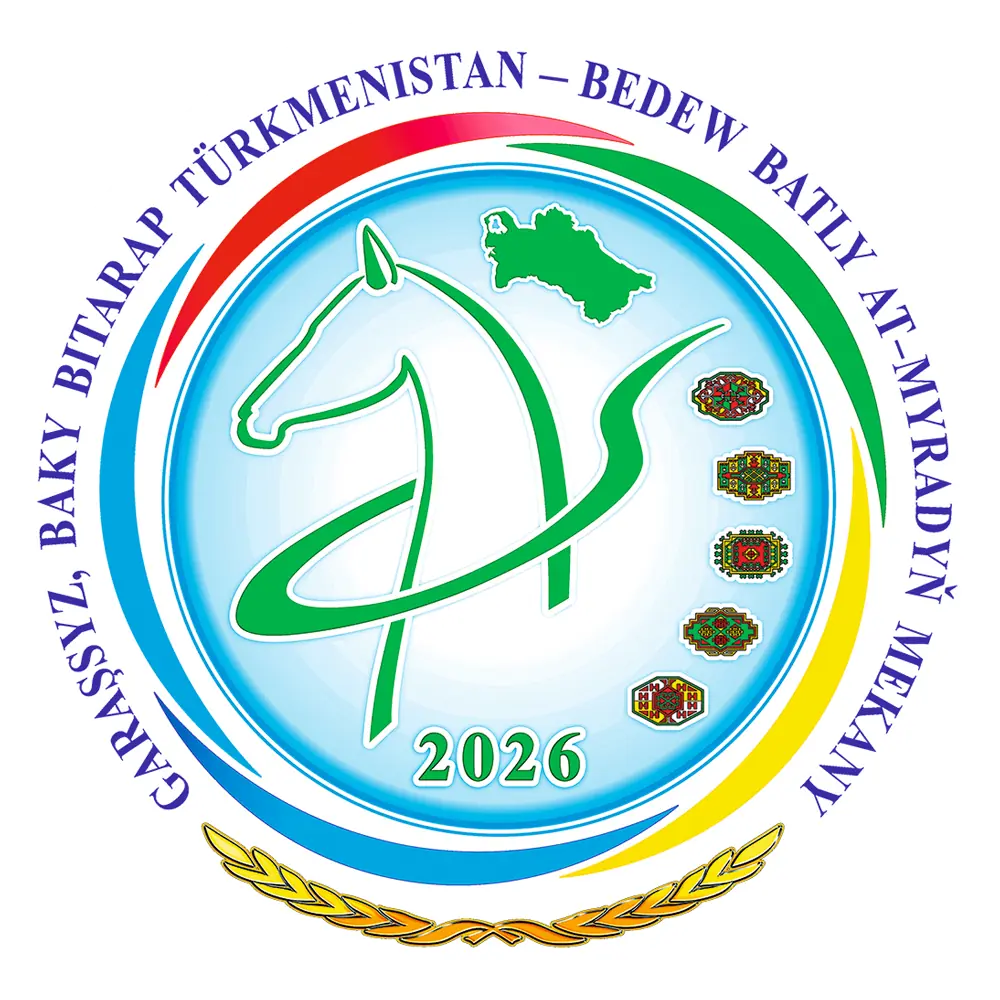
Figure Skating
Figure skating has developed from a practical way to get around on ice into the elegant mix of art and sport it is today.



Figure skating has developed from a practical way to get around on ice into the elegant mix of art and sport it is today.
EARLY PIONEERS
The Dutch were arguably the earliest pioneers of skating. They began using canals to maintain communication by skating from village to village as far back as the 13th century. Skating eventually spread across the channel to England, and soon the first clubs and artificial rinks began to form. Passionate skaters included several kings of England, Marie Antoinette, Napoleon III and German writer Johann Wolfgang von Goethe.
STEEL BALLET
Two Americans are responsible for the major developments in the history of the sport. In 1850, Edward Bushnell of Philadelphia revolutionised skating when he introduced steel-bladed skates allowing complex manoeuvres and turns. Jackson Haines, a ballet master living in Vienna in the 1860s, added elements of ballet and dance to give the sport its grace.
Title:
National Center of Turkmenistan for Winter Sports
E-mail:
tmfigureskating@gmail.сom
President:
Meretdurdy Gochow
